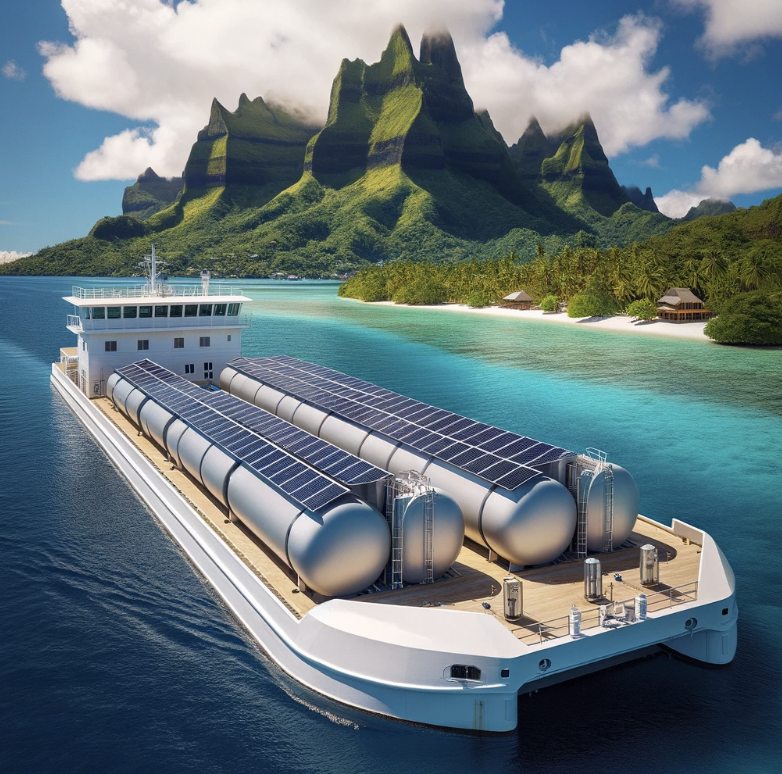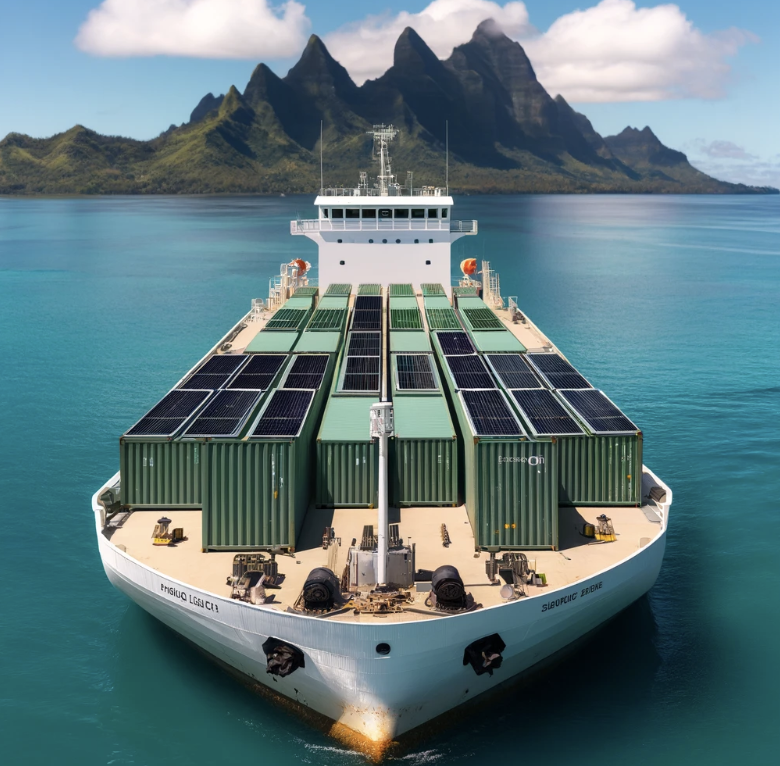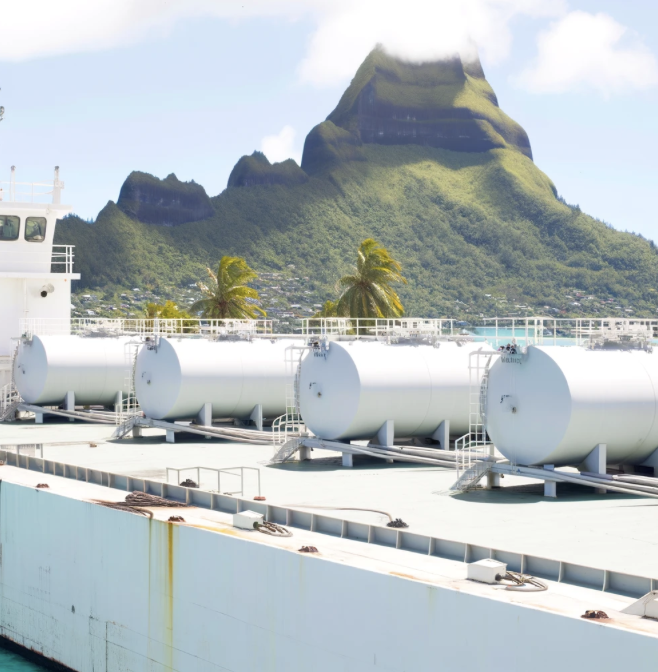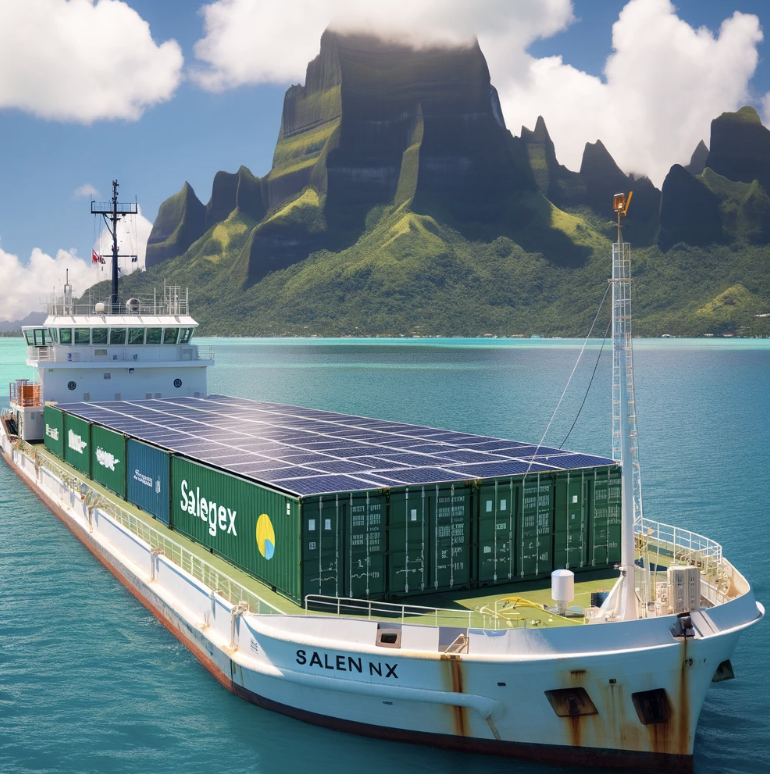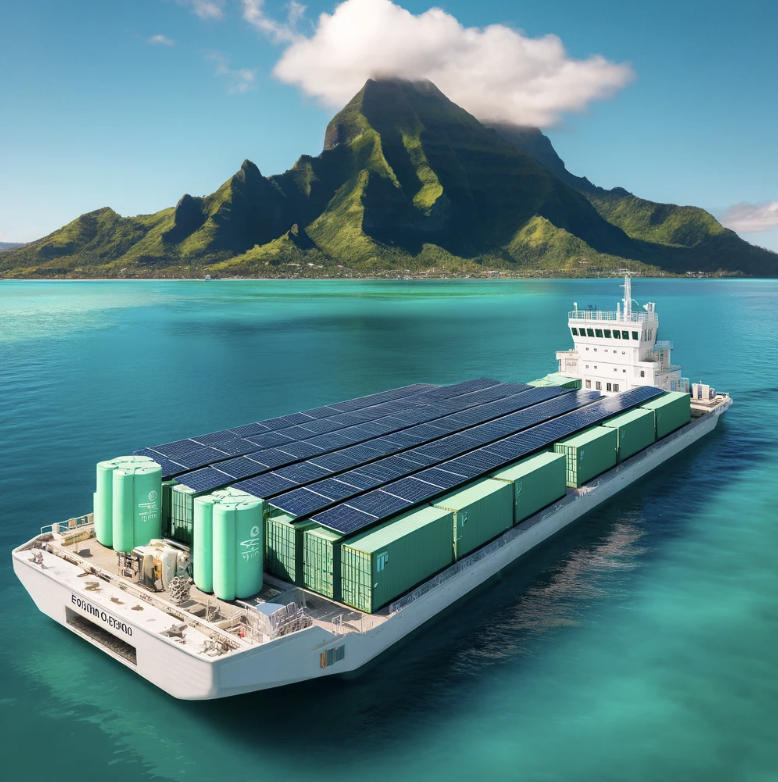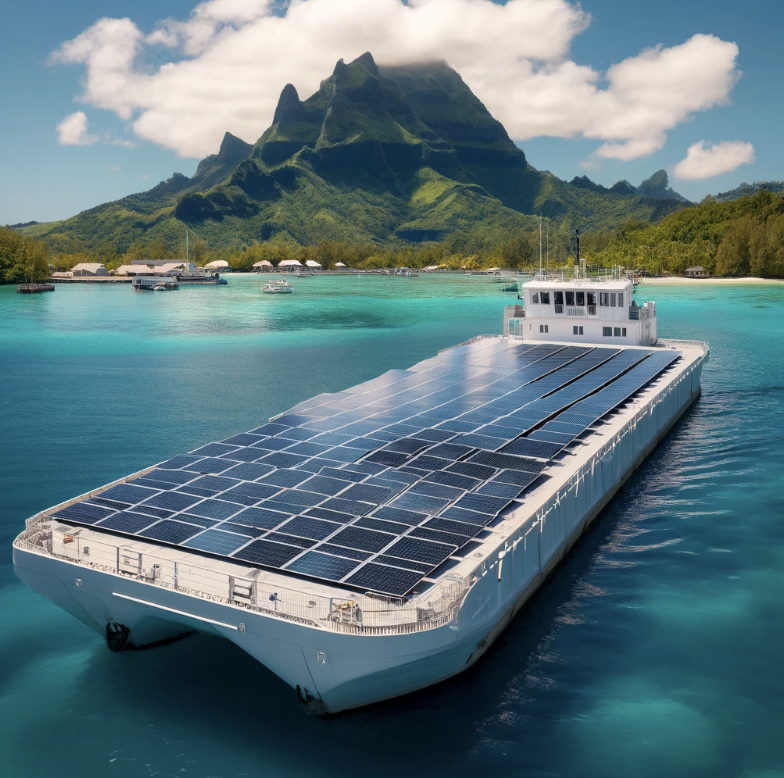|
|
|

|
Revolutionizing Desalination: Salgenx Introduces Organic Rankine Cycle and Heat Pump Integration
IntroductionDesalination technology is an area ripe for innovation, given the increasing global demand for freshwater. Salgenx, a leading player in sustainable energy solutions, has been at the forefront of such advancements. The company recently announced a groundbreaking technology that aims to make Reverse Osmosis (RO) desalination systems more energy-efficient and cost-effective. The technology integrates heat pumps and incorporates the Organic Rankine Cycle (ORC) to power pressurization pumps. This article delves into the details of this innovative approach, its advantages, and its potential implications for the future of desalination.The Innovations by SalgenxSalgenx is no stranger to game-changing technologies. Their grid-scale saltwater flow battery has already disrupted the energy and water treatment sectors by providing simultaneous desalination while charging, without the need for a membrane. The new layer of innovation—integrating heat pumps into RO systems for thermal regulation and pressurization—makes the desalination process even more efficient. The incorporation of the Organic Rankine Cycle further elevates the technology by using waste thermal energy to power the system's pressurization pumps.The Role of Heat PumpsHeat pumps serve dual purposes in the RO systems: thermal regulation and pressurization. Maintaining optimal temperature levels in RO membranes is crucial for effective desalination. Heat pumps ensure that the membranes operate at peak efficiency by regulating their temperature. Moreover, heat pumps can also aid in elevating the pressure of water, reducing the workload on the primary pressurization pumps and cutting down energy consumption.Integration of the Organic Rankine CycleThe Organic Rankine Cycle, commonly used for waste heat recovery, is now being employed by Salgenx to power the pressurization pumps in the RO system. This approach captures and converts otherwise wasted thermal energy, which reduces the system’s reliance on external electrical power and makes optimal use of available resources.Key Benefits of the Integrated SystemEnergy EfficiencyThe dual integration of heat pumps and ORC offers an opportunity for optimal energy utilization. By recycling heat within the system and leveraging waste thermal energy, the technology significantly reduces the need for external energy sources.Cost-EffectivenessOperational costs are among the biggest challenges in maintaining large-scale RO systems. By using ORC to power the pressurization pumps, the need for external electricity is reduced. This, in turn, lowers utility bills and enhances the overall cost-effectiveness of the system.System LongevityThe mechanical strain on primary pumps and membranes often leads to wear and tear, incurring high maintenance and replacement costs. The integrated system aims to mitigate this by reducing the workload on these vital components, potentially extending their operational life.ScalabilityThe approach is designed to be scalable, making it equally applicable to small household units and large-scale industrial applications. The combination of these technologies promises to be a game-changer, particularly for large-scale municipal projects where cost and energy efficiency are paramount.ConclusionSalgenx's groundbreaking technology marks a significant advancement in the realm of water desalination. By innovatively incorporating heat pumps and the Organic Rankine Cycle into RO systems, the company is not only optimizing energy use but also making strides toward a more sustainable and cost-effective future. This holistic approach addresses some of the most pressing global challenges: water scarcity and sustainable energy. With such innovations, Salgenx is setting a new standard for how we approach the vital task of turning saltwater into drinkable, useable water.
|


